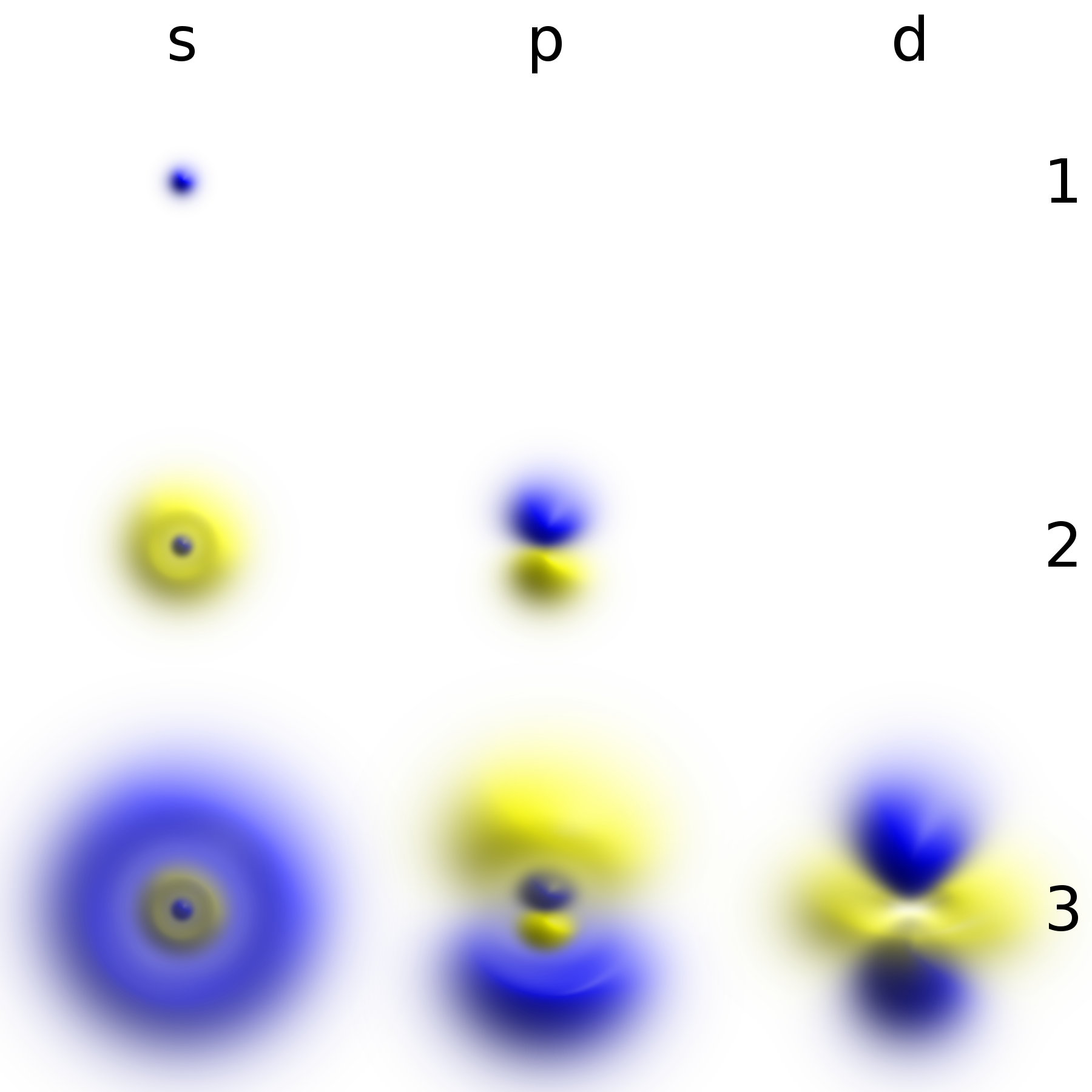At a Glance
- Scientists are investigating teleparallel gravity to understand better the universe’s expansion, which traditional general relativity struggles to explain fully.
- Edwin Hubble’s early 20th-century observations revealed the universe’s expansion, revolutionizing astrophysics.
- Late 20th-century observations of distant supernovas showed the universe’s expansion accelerating, attributed to “dark energy” and explained by the cosmological constant.
- The Hubble constant, which measures the expansion rate, has discrepancies in measurement methods, creating a challenge known as “Hubble tension.”
- The recently published study explores teleparallel gravity to resolve these discrepancies and understand dark energy using new cosmological data and computational methods.
In a recent study, scientists have delved into teleparallel gravity, aiming to unravel the mysteries surrounding the universe’s expansion in a way that traditional general relativity cannot fully explain.
In the early 20th century, groundbreaking observations by Edwin Hubble revolutionized our understanding of the cosmos by revealing that the universe was expanding. This discovery marked a pivotal moment in the history of astrophysics.
As the 20th century drew to a close, the complexity of this expansion was further compounded when scientists observed distant supernovas moving away from Earth at an accelerating rate. This unexpected acceleration in the universe’s expansion has been attributed to an enigmatic force known as “dark energy,” with the cosmological constant as the current best explanation for this phenomenon.
The rate at which the universe expands, quantified by the Hubble constant, has posed a significant challenge for physicists due to discrepancies in measurement methods, leading to what is known as the “Hubble tension.” To address this discrepancy and shed light on dark energy, a recent study published in the journal Physics of the Dark Universe by cosmologist Celia Escamilla Rivera and her team from Instituto de Ciencias Nucleares, Universidad Nacional Autónoma de México explores the potential of teleparallel gravity.
Teleparallel gravity, an alternative theory to general relativity proposed by Einstein, offers a fresh perspective on gravity by utilizing different equations that do not rely on the curvature of spacetime. By incorporating new cosmological datasets and computational methods, Rivera’s research investigates how teleparallel gravity could provide insights into the universe’s expansion dynamics and potentially offer solutions to longstanding cosmological puzzles.
References
- Lea, R. & SciencePOD. (2024, June 17). Einstein’s other theory of gravity could have the recipe to relieve ‘Hubble trouble’. Phys.Org; SciencePOD. https://phys.org/news/2024-06-einstein-theory-gravity-recipe-relieve.html
- Sandoval-Orozco, R., Escamilla-Rivera, C., Briffa, R., & Levi Said, J. (2024). F (T) cosmology in the regime of quasar observations. Physics of the Dark Universe, 43, 101407. https://doi.org/10.1016/j.dark.2023.101407











